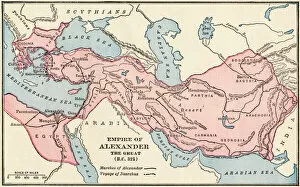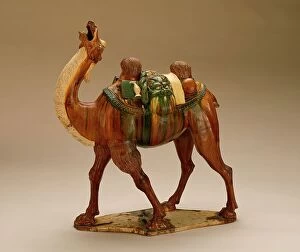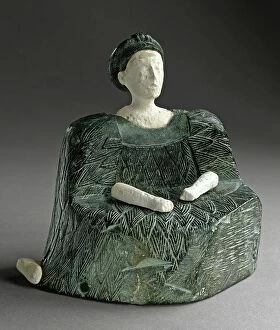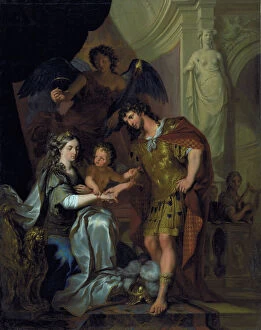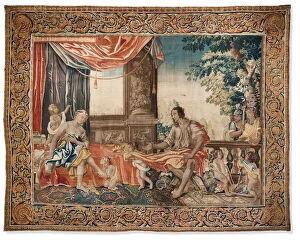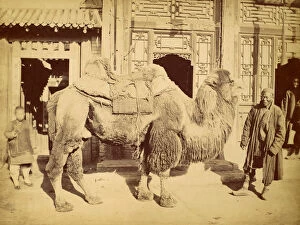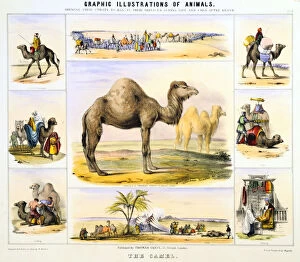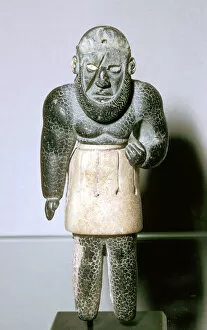Bactria Collection
"Bactria: A Land of Rich History and Cultural Treasures" Step into the ancient land of Bactria
All Professionally Made to Order for Quick Shipping
"Bactria: A Land of Rich History and Cultural Treasures" Step into the ancient land of Bactria, where a tapestry from the series "Women of Antiquity Illustrated" tells stories in vibrant wool and silk threads. This captivating artwork transports us back to a time when women played significant roles in shaping society. Intriguingly, a bactrian statuette of the genie La Balafre (the Scarred One) stands as a testament to the region's mystical beliefs. Crafted with intricate details, it sparks curiosity about the legends and folklore that once thrived in this land. The presence of Alexander and the Body of Darius further highlights Bactria's historical significance. An unknown creator beautifully captures this pivotal moment in history, immortalizing Alexander's conquests and his encounter with Darius' remains. Delve deeper into Bactrian culture through its coins. A gold coin featuring Kanishka I showcases not only exquisite craftsmanship but also reveals connections between Buddhism and Bactria. The reverse side adorned with Buddha written in Bactrian script unveils an intriguing blend of religious influences. A round medallion plate describing Cybele adds another layer to our understanding of ancient Bactria. Created by an anonymous master, it offers glimpses into their artistic prowess while shedding light on deities worshipped during that era. Breathtaking landscapes come alive through Benjamin Waterhouse Hawkins' masterpiece titled "The Camel. " This c1850 painting captures both the beauty and resilience embodied by these magnificent creatures that were integral to life in Bactria. Gold coins minted under King Diodotus reveal political power dynamics prevalent during the 3rd century BC, showcasing how monarchs used currency as symbols of authority. Similarly, gold coins from Kushan kings Huvishka and Vima Kadphises provide insights into their reigns during different centuries.

